A Jungian Perspective on Shadow Work and Healing from Fiction

In his 1971 novel “Grendel,” John Gardner reimagines the Old English epic “Beowulf” from the perspective of the titular monster. This postmodern retelling offers a provocative exploration of the complex interplay between hero and villain, good and evil, and the role of the shadow in the human psyche. By presenting Grendel as a thinking, feeling being grappling with existential questions and the search for meaning, Gardner invites readers to confront the darker aspects of their own nature and to find compassion for the wounded parts of themselves.
The Hero’s Journey Inverted
Joseph Campbell‘s monomyth of the hero’s journey has long been a cornerstone of storytelling, from ancient myths to modern blockbusters. In this archetypal narrative, the hero leaves the ordinary world, faces trials and challenges, and returns transformed, bearing gifts for their community. Gardner’s “Grendel” subverts this template by casting the traditional villain as the protagonist, forcing readers to question the binary of good and evil.
The Original Epic: Beowulf and His Place in Norse Mythology
To fully appreciate the subversive brilliance of Gardner’s “Grendel,” it’s important to understand the source material that inspired it. “Beowulf” is an Old English epic poem, believed to have been written between the 8th and 11th centuries. It tells the story of Beowulf, a hero of the Geats, who comes to the aid of Hrothgar, the king of the Danes, whose mead hall is under attack by the monster Grendel.
In Norse mythology, Beowulf is a paragon of heroic virtues – strength, courage, loyalty, and honor. He represents the ideal warrior, willing to risk his life to protect others and uphold the values of his society. His battles with Grendel, Grendel’s mother, and later in life, a fierce dragon, are tests of his mettle and his commitment to the heroic code.
The story begins with Grendel terrorizing Hrothgar’s mead hall, Heorot, for 12 years. Beowulf arrives with his band of warriors and vows to slay the monster. He fights Grendel unarmed, ripping off the beast’s arm, and Grendel slinks back to his lair to die. Beowulf then faces Grendel’s mother, who seeks revenge for her son’s death. He defeats her with a magical sword and returns to Heorot victorious.
In the original epic, Grendel is portrayed as a malevolent, bloodthirsty creature – a descendant of Cain, the first murderer, and an embodiment of pure evil. He is a flat character, a foil for the hero’s goodness and valor. Gardner’s novel upends this simplistic portrayal, delving into Grendel’s psyche and offering a more nuanced exploration of monstrosity and heroism.
By reframing Beowulf’s story from the monster’s point of view, Gardner challenges the binary morality of the original epic and invites readers to consider the complexities of good and evil. In doing so, he not only creates a compelling work of postmodern fiction but also offers a powerful metaphor for the psychological process of confronting and integrating the shadow self.
Beowulf’s significance in Norse mythology cannot be overstated. He is the archetypal hero, a symbol of the values and ideals of his culture. Yet, by retelling his story from Grendel’s perspective, Gardner suggests that even our most cherished narratives can benefit from reexamination – that there is wisdom to be found in the margins, in the voices of the monsters we thought we knew after first glance.
Grendel as Shadow
In Jungian psychology, the shadow represents the repressed, rejected, or unknown aspects of the self that the conscious ego denies or ignores. These are the parts of ourselves that we deem unacceptable, shameful, or “monstrous” – the anger, fear, vulnerability, and despair that we try to hide from others and from ourselves.
Grendel embodies this shadow self. He is not a mindless beast, but a complex character shaped by his experiences of isolation, loneliness, and existential despair. His acts of violence and destruction are not innate, but rather a response to the pain and trauma he has endured. Through Grendel’s eyes, we see the world as a chaotic, meaningless place, devoid of the heroic ideals and noble purposes that humans cling to.
Listening to Your Inner Monster
In psychotherapy, the process of individuation involves integrating the disowned parts of the self to achieve a more whole and authentic sense of being. This requires confronting and embracing the shadow – the aspects of ourselves that we find most difficult to accept.
Like Grendel, our shadow parts may lash out in destructive ways, sabotaging our relationships, goals, and sense of self-worth. It can be tempting to ignore or condemn these “inner monsters,” but doing so only perpetuates the cycle of suffering. Instead, the key to healing is to extend curiosity and compassion towards our shadow selves.
By listening to the stories of our “inner Grendels,” acknowledging their pain, and recognizing their unmet needs, we can begin to integrate these fragmented parts of ourselves and find a greater sense of wholeness and self-acceptance. This process is not easy, as it requires sitting with the discomfort of our own darkness and allowing ourselves to feel the full range of our emotions, without judgment or avoidance.
Playing the Hero
One way to approach shadow work is to allow our wounded parts to “play the hero” for a time. Just as Grendel is the central figure of his own story, we can give voice and validation to the aspects of ourselves that feel most victimized or misunderstood. This doesn’t mean indulging in destructive behaviors, but rather creating a safe, nonjudgmental space for these parts to express themselves and be heard.
Therapeutic techniques such as Voice Dialogue, Internal Family Systems therapy, or Gestalt therapy‘s empty chair technique can be useful tools in this process. By dialoguing with our various sub-personalities or “parts,” we can begin to understand their motivations and the roles they play in our lives. We can see how they have been trying to help us, even if their methods are ultimately harmful or self-defeating.
By extending compassion and gratitude towards these shadow parts, we can begin to transform our relationship with them and find more adaptive ways of meeting their needs. This process can be deeply empowering, as it allows us to reclaim the disowned aspects of ourselves and integrate them into a more whole and authentic sense of self.
The Power of Myth
Gardner’s novel reminds us that the power of myth lies not in its literal truth, but in its ability to illuminate the human condition. By subverting the hero’s journey and casting Grendel as the protagonist, “Grendel” challenges us to confront the complexity and ambiguity of our own nature.
In doing so, it offers a pathway to self-compassion and healing. By embracing our inner monsters and listening to the wisdom of our wounds, we can begin to write a new story for ourselves – one in which even our darkest chapters can lead to growth, transformation, and a deeper sense of wholeness.
This is the true gift of Gardner’s novel – not just a clever inversion of a classic tale, but a profound exploration of what it means to be human. By shining a light on the parts of ourselves that we most want to hide, “Grendel” invites us to find compassion for our own darkness and to recognize the hero’s journey that lies within each of us.
John Gardner’s “Grendel” offers a powerful metaphor for the process of shadow work and the hero’s journey of psychological healing. By presenting the monster’s perspective as valid and even sympathetic, the novel invites us to confront our own inner darkness with compassion and curiosity.
In psychotherapy, this means creating space for the disowned, wounded parts of the self to be seen, heard, and integrated. It means recognizing that even our most “monstrous” aspects have something valuable to teach us about our unmet needs, our resilience, and our potential for growth.
By embracing our inner Grendels, we paradoxically diminish their power over us. We learn to see our shadows not as enemies to be vanquished, but as allies in our quest for wholeness and authenticity. This is the hero’s journey of the psyche – a journey of self-discovery, self-acceptance, and ultimately, self-transformation.
So let us, like Grendel, dare to venture into the dark, for it is there that we may find the keys to our own liberation. Let us have the courage to face our monsters, the compassion to love them, and the wisdom to learn from them. In doing so, we open ourselves to the possibility of a more integrated, fulfilling, and heroic life.
Practical Applications in Psychotherapy
So how can therapists and clients apply these insights in practice? Here are a few suggestions:
1. Encourage clients to identify and personify their “inner Grendels” – the parts of themselves that they deem monstrous, shameful, or unacceptable.
2. Create a safe, nonjudgmental space for these parts to express themselves and share their stories.
3. Help clients to understand the origins and functions of their “monstrous” parts. How did these aspects of self develop? What needs were they trying to meet?
4. Encourage clients to extend gratitude and appreciation towards these shadow parts, recognizing their efforts to help and protect, even if their methods have been maladaptive.
5. Support clients in finding new, more adaptive ways of meeting the needs of their “inner Grendels.” This may involve developing new coping skills, setting healthy boundaries, or seeking out supportive relationships.
6. Use creative techniques such as art therapy, writing, or role-play to help clients express and integrate their disowned parts.
7. Help clients to see their journey of healing as a heroic one, fraught with challenges and setbacks, but ultimately leading towards greater self-awareness, authenticity, and wholeness.
By incorporating these principles into their work, therapists can help clients to embrace their inner Grendels and find the gold hidden in the shadow. They can support clients in rewriting their stories, not by slaying their inner monsters, but by learning to love and integrate them.
Bibliography
Bly, R. (1988). A little book on the human shadow. San Francisco: Harper & Row.
Campbell, J. (1949). The hero with a thousand faces. New York: Pantheon Books.
Đurić, Z. (2022). Gardner’s Grendel: Existential Anti-Hero and Shadow Archetype. Lipar, 23(80), 121-134.
Estés, C. P. (1992). Women who run with the wolves: Myths and stories of the wild woman archetype. New York: Ballantine Books.
Gardner, J. (1971). Grendel. New York: Knopf.
Jungian Innovators





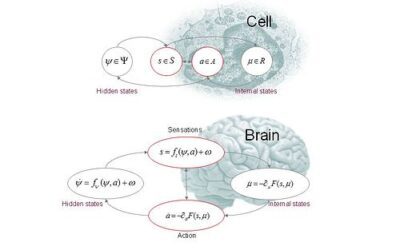
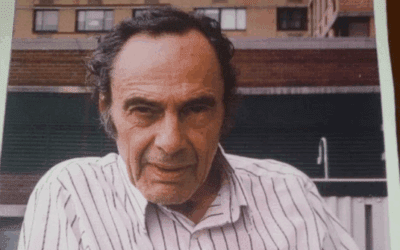

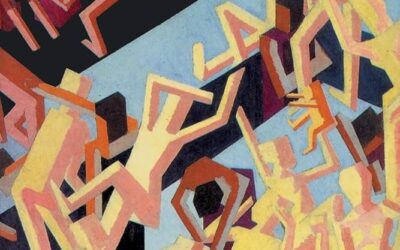




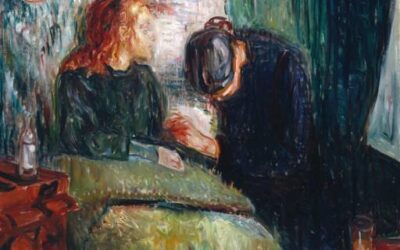
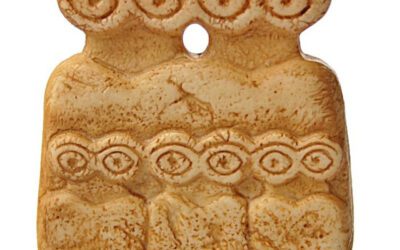

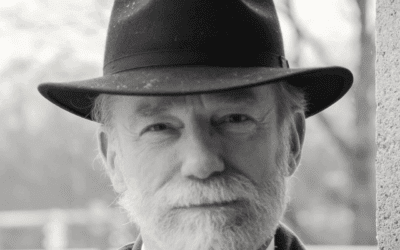






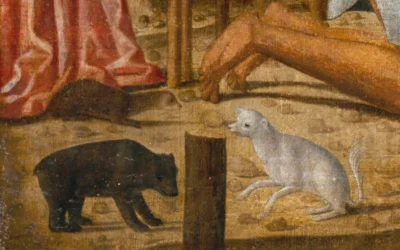


0 Comments